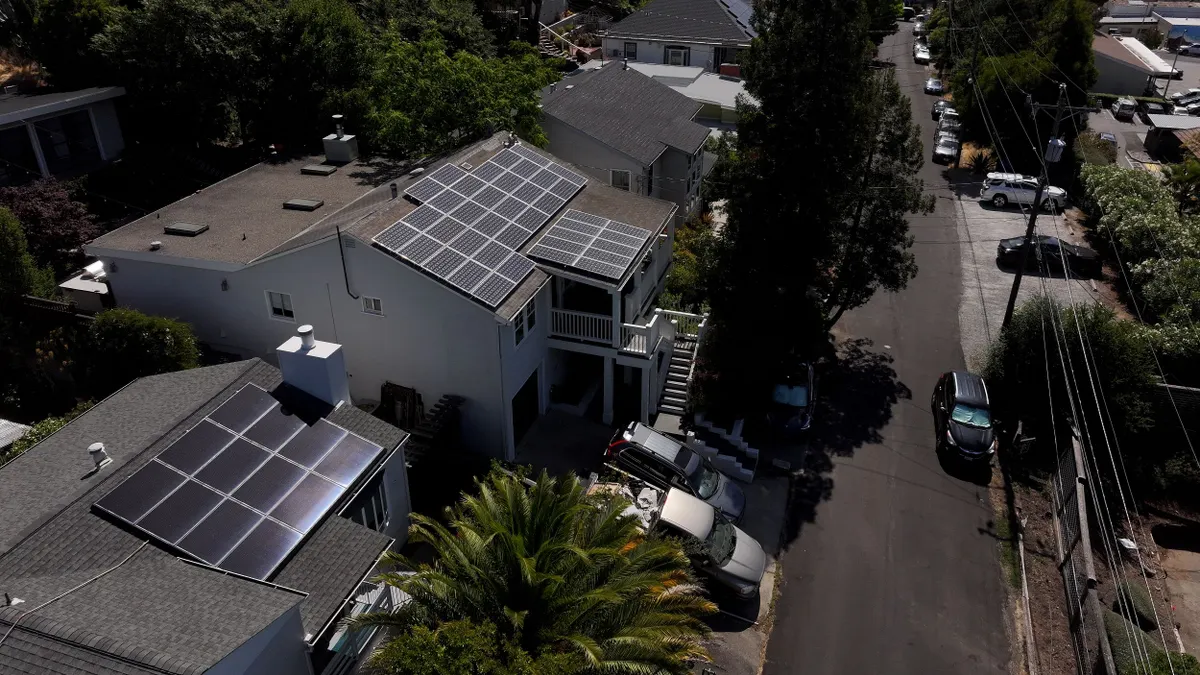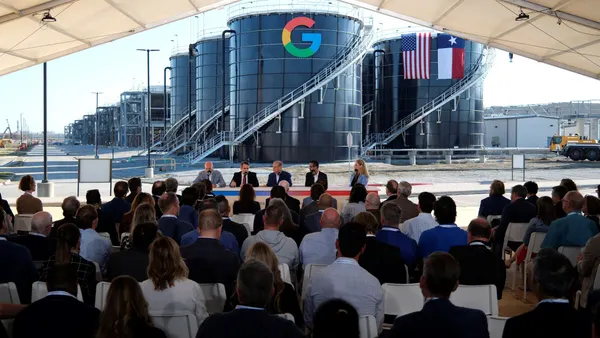Over the next decade, utilities anticipate an unprecedented rise in load growth, driven primarily by widespread consumer adoption of connected devices—such as electric vehicles—and AI-related power consumption by data centers. The U.S. Energy Information Administration recently noted rapid increase in electricity generation due to this soaring demand.[i] In fact, AI is on course to account for almost half of the growth in electricity demand between now and 2030.[ii] During the same period, greater energy price volatility and expanding need for ancillary services associated with the accelerated rollout of renewable resources are expected to increase the marginal capacity cost of electricity. These dynamics highlight the urgent need for enhanced grid flexibility, particularly through customer-owned resources.
Load flexibility refers to the electric grid’s ability to adjust and manage energy consumption patterns in response to supply conditions, thereby enhancing grid stability and efficiency. This adaptability is crucial, as it allows utilities to balance demand and supply, integrate renewable energy sources, defer capital expenditures on new capacity, and reduce reliance on peaker plants—which are often more expensive, environmentally detrimental, and take years to permit and build.
Importance of load flexibility
The significance of load flexibility lies in its capacity to:
- Optimize grid operations: By shifting or reducing energy usage during peak periods, utilities can alleviate stress on the grid, preventing outages and maintaining reliable service.
- Integrate renewable energy: Load flexibility facilitates the incorporation of variable renewable energy sources—like wind and solar—by adjusting demand to match supply fluctuations.
- Support economic efficiency: Reducing peak demand can defer or reduce the need for new infrastructure investments, leading to cost savings for both utilities and consumers.
Strategies for enhancing load flexibility
The good news is that utilities have several strategies to choose from to enhance load flexibility. These range from using education and behavioral science to influence customers to act, all the way to implementing grid management solutions—like distributed energy resource management systems (DERMS) to manage and optimize distributed energy resources (DERs) both in front of and behind the meter. These strategies include:
Behavioral demand response
Behavioral demand response (BDR) programs engage customers through personalized communications that encourage reduced energy usage during peak demand periods. These communications provide energy insights, tips, and prompts to help customers adjust their usage patterns. For instance, during a multi-day heat wave last year, PGE reported customer actions resulted in the largest electricity demand-shift in the company’s history.[iii] [iv]
Behavioral load shaping
Behavioral load shaping programs communicate with customers to educate them on time-of-use (TOU) rate plans, highlighting optimal times to use energy to save money. Providing personalized insights helps customers shift their energy consumption to off-peak hours, thereby reducing peak demand.
Peak time rebates
Peak time rebates provide monetary incentives for customers to reduce energy usage during critical peak periods. This approach has demonstrated reliable peak savings and increased customer satisfaction. For example, during a PJM emergency event in July 2025, Oracle Opower delivered 1,187,086 communications across email, text, IVR, and push channels. This supported three utility clients and helped customers take action when the grid needed it most.
Real-time optimization and DER management
Implementing real-time optimization techniques—such as Volt/VAR optimization and DER management—enhances distribution network efficiency and reliability. These methods involve demand management systems (DMSs) and DERMSs to automate adjustments to grid operations, improving safety and accommodating the integration of DERs.
Where to start
As the diagram below illustrates, these choices range in resource requirements to implement and the number of DERs they can involve in their forecasting and controllability.
Figure 1. Utilities can create load flexibility through a range of strategies and DERs.
Utilities who want to inject more load flexibility into their networks can implement programs and systems that best fit their generation mix and technology footprint. This means that they don’t have to do everything all at once. They can plan future options to align with their roadmap and forecasted demand.
For example, they can start by helping their customers act in ways that shift and/or reduce demand. Employing behavior change to add load flexibility is a “win-win for both the utility and the customer,” says Vanessa Richter, Energy Industry Solutions Expert, Oracle Opower. “These programs have low barriers to entry, increase customer engagement and satisfaction, and utilities get real results at scale.”[v]
Adding extra DER management and forecasting capabilities can align with utilities adopting advanced distribution management systems (AMDSs) and DERMSs, while also building on customer engagement from the behavior change approaches. The utility can then encourage these customers to participate in DERMS offerings with higher participation and program retention.
Benefits of load flexibility
Implementing load flexibility strategies offers numerous advantages:
- Optimization across different loads: Balancing various energy demands leads to a more stable and efficient grid.
- Co-optimization of front-of-the-meter (FTM) and behind-the-meter (BTM) resources: Utilizing all available resources ensures the most economical dispatch and operation.
- Time-scale management: Effectively managing energy storage solutions, like batteries, allows for rapid response to demand fluctuations.
- DER monetization: Enabling DERs to participate in different markets (capacity, day-ahead, real-time) creates additional revenue streams and reduces utilities’ system costs.
- Value stacking: Leveraging DERs for both grid support and selling excess capacity enhances revenue and decreases utilities’ overall system expenses.
- Load shifting and peak shaving: Adjusting energy consumption patterns reduces peak demand, deferring the need for new infrastructure investments.
- Reduced cost of power: Accurate forecasting and demand management decrease the reliance on expensive peaker plants, leading to lower energy costs for consumers and utilities alike.
The bottom line
To summarize, “load flexibility reduces the cost of power and increases affordability,” says Arun Nimmala, Global Head, Oracle DERMS and OT Solutions, Oracle Utilities. "In addition, the ability to forecast across all types of DERs reduces the need for reserves and the amount of peaker plant generation, while creating new revenue streams in energy markets.”
Enhancing load flexibility is essential for modern utilities who aim to improve grid reliability, integrate renewable energy sources, and achieve economic efficiency. By adopting strategies like behavioral demand response, load shaping, peak time rebates, load forecasting, and real-time optimization, utilities can effectively manage energy demand and supply, benefiting both the grid and consumers.
[i] Short-Term Energy Outlook, EIA, September 9, 2025
[iii] Could reducing peak demand 5% be as simple as ... asking?, Utility Dive










